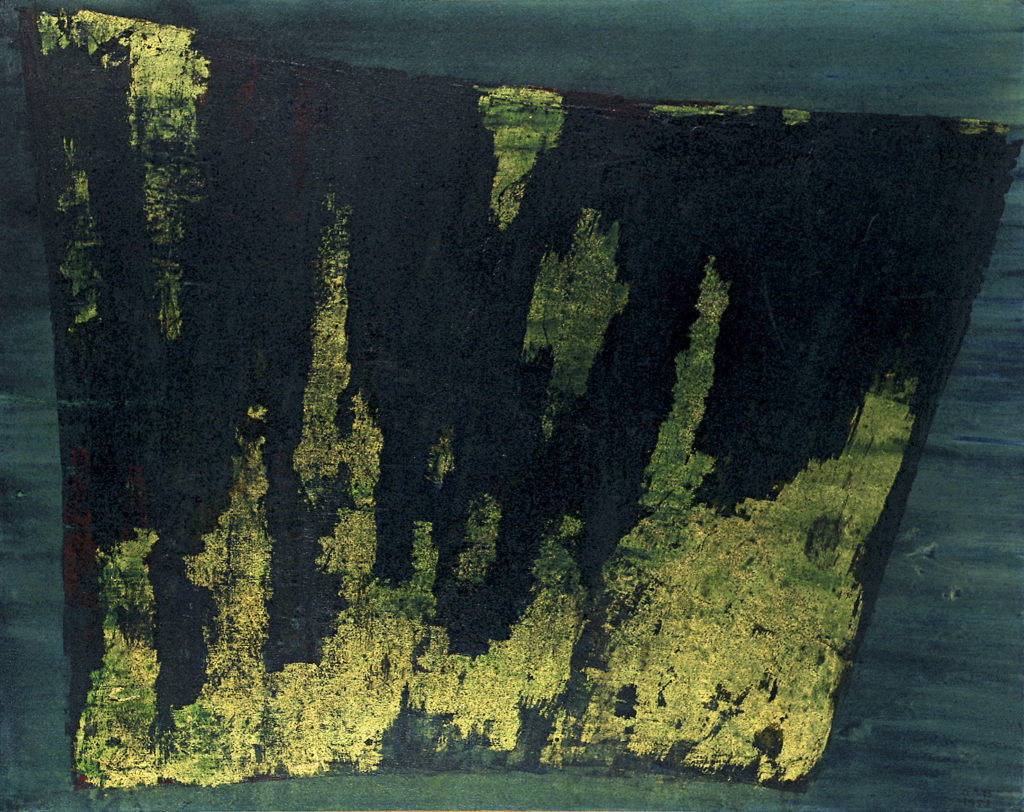No28-1958

Anna-Eva Bergman (1909-1987) is among the significant Norwegian artists of the past century, and her position has been consolidated through exhibitions and acquisitions sponsored by the leading public institutions. Nevertheless, in many ways she has remained an outsider in the Norwegian art milieu. This primarily due to the fact that she left Norway early on and lived and worked mainly in France and Germany during a large part of her career. Through her German husband, Hans Hartung, she was introduced to a sophisticated international art milieu as early as the 30s, and was gradually influenced by movements such as Surrealism, automatism and spontaneous painting.
Although Anna-Eva Bergman primarily lived and worked abroad and was part of an international milieu, it was a trip to Northern Norway in 1950 that would come to have vital importance for her development as a visual artist. Above all, it was her encounter with the massive and harsh North Norwegian landscape that made an impression, and which was transformed in her imagery into nearly abstract universal signs and symbols. Around 1950 she also began to work with gold and silver in her paintings, and in the following years her idiom became increasingly stringent. She reduced her palette and moved in the direction of a more concentrated and compressed form, as we can see a characteristic example of in No-38 1958. In 1964 she returned to Northern Norway, and the impressions from the first trip were now reinforced and would come to influence her works for the remainder of her career. From the end of the 60s Anna-Eva Bergman began to work in larger formats and an additional simplification of the idiom occurs; one can interject that towards the end of her career she reverts to a certain degree to an elegant and ingratiating style, which causes the paintings to tend to lean toward design.
OWG